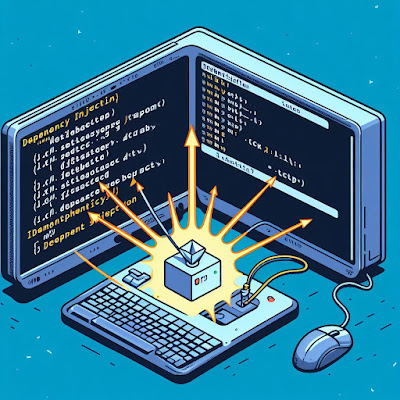Seth Godin on cash flow and not raising investment capital

As a founder, one of the most important lessons I’ve learned is the power of cash flow in maintaining independence. Seth Godin perfectly captures this idea when he says, "If we don't run out of cash, no one can tell us what to do." In the early stages of building a business, it’s easy to become consumed with raising capital, seeking out investors, and worrying about funding. But the more I reflect on it, the clearer it becomes: self-sufficiency is key. When you manage your cash flow well and keep the business running on its own, you're not just surviving—you’re keeping control of your vision and your decisions. Investors can bring valuable resources, but they can also bring constraints, pushing you to meet their expectations over your own. Cash flow, on the other hand, gives you the freedom to take risks, experiment, and focus on the long-term goals that matter most to you and your business. For any entrepreneur, the goal shouldn’t just be about scaling quickly or att





